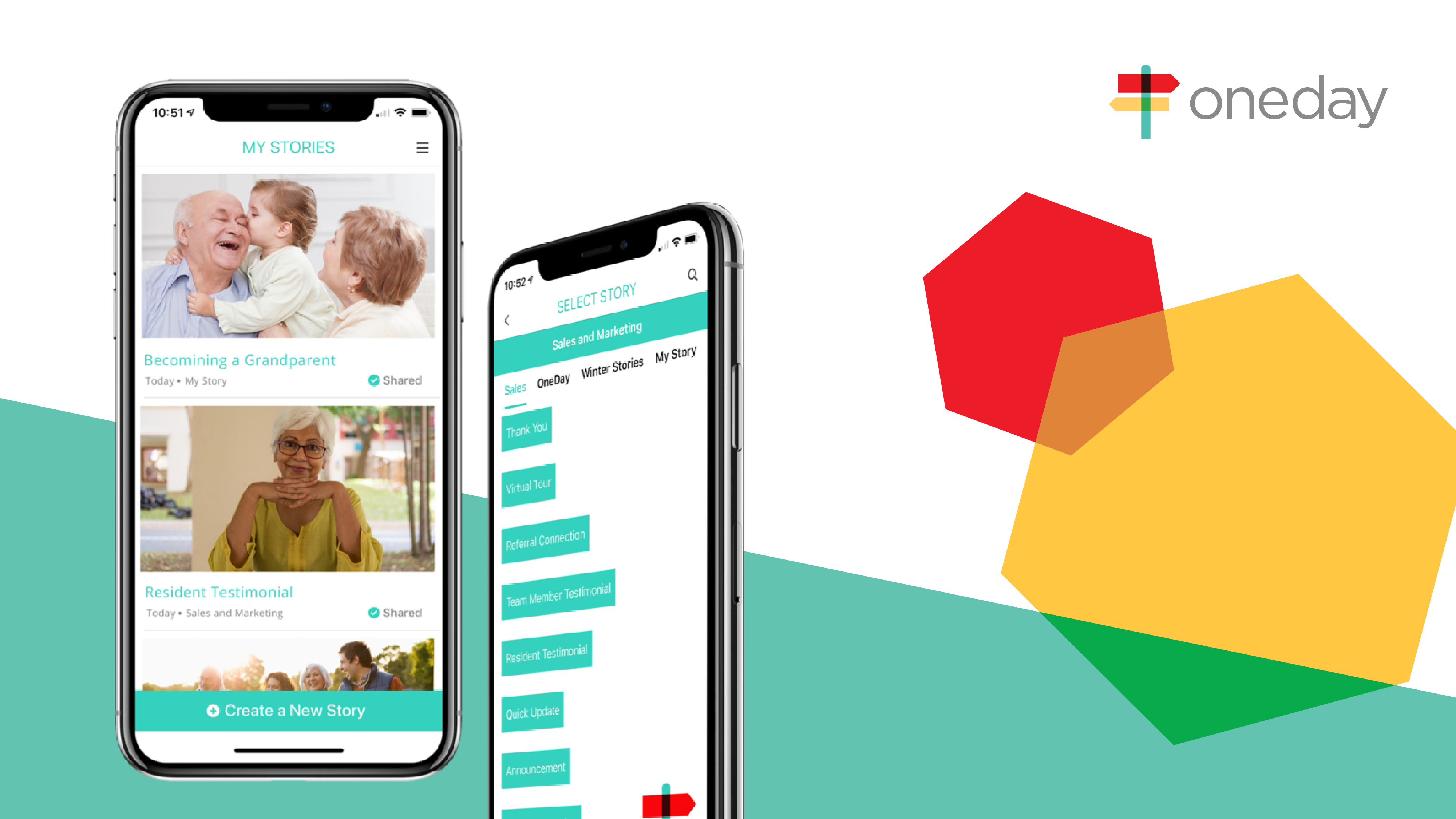Seniorlink, Inc. Announces New Data On Reduction Of Falls Rate
March 28, 2017
BOSTON–Seniorlink, Inc., a company focused on delivering scalable care management solutions that balance human touch and technology, today announced positive data from its Falls Risk Assessment and Management Program. The program leveraged technology to activate family caregivers and improve outcomes for care recipients. Results were presented at Aging in America 2017: The Annual Conference of the American Society on Aging, held from March 20-24 in Chicago, IL.
The analysis assessed the impact of Seniorlink’s proprietary Falls Risk Assessment and Management Program (FMP), including a Falls Quick Screen (FQS), which was implemented within Seniorlink’s intensive in-home care management model, Caregiver Homes (CGH). Experienced care teams trained in the FMP model evaluated care recipients for both the risk of fall and the risk of injury; care plans were then individually adjusted based on FQS scores. These care team members also educated in-home caregivers on falls risk prevention.
As a result of the support provided to caregivers through the FMP training, there was a 50 percent reduction in the rate of falls for care recipients (from a peak of 1.46 falls per 1,000 consumer days to 0.73). This rate is lower than published fall rates in skilled nursing facilities and hospitals, which range from 1.3 to 8.9 falls per 1,000 days. Additionally, those over the age of 65 did not fall at a higher rate than those under the age of 65.
“This data is significant because it demonstrates the notable decrease in the rate of falls for patients receiving in-home care who participated in our Falls Risk Assessment and Management Program, compared with the rate of falls for patients receiving care in hospitals and nursing facilities,” said Jay V. Patel, Clinical Transformation Officer, Seniorlink Inc. “We are confident the continued application of this program will allow caregivers and care teams to maintain and even improve upon the encouraging results further.”
The data will be presented in a poster titled “Leveraging Technology to Engage Family Caregivers to Improve Outcomes” (Board 312), on Wednesday, March 22 from 12pm – 1:30pm CDT in the Riverside East Tower at the Hyatt Regency Chicago.
About the Analysis
A total of 2,460 total care recipients were evaluated in this analysis, with 1,285 participants over the age of 65 and 1,175 under the age of 65. A comprehensive Falls Risk Assessment and Management Program was implemented by CGH that aimed to train care managers, who in turn educated caregivers on falls risk assessment, prevention, and management. Training sessions for care teams occurred initially in 2011 and again in 2013. All care recipients were evaluated for fall risk using a proprietary screener called the Falls Quick Screen (FQS). The FQS assessed fall history, gait, balance, medication regimen, age, and other factors that impact falls. The FQS assessed both risk of falling and risk of injurious fall and then assigned each care recipient to a risk quadrant that predicts risk for fall and risk for injury if a fall should occur.
Once the risk of falling and risk of injurious falls was assigned, the care plan was reassessed and revised to determine when follow-up was needed. These revisions included additional coaching for caregiver and/or care recipient, referral to external skilled services (such as physical therapy), collaboration with pharmacists to review and revise their medication plan, and other actions that were recipient-centered, dynamic, and sensitive to changes in health status. Any fall that did occur was considered an event, no matter the injury status. Falls were verified by nurses or care managers, via either telephone or home visit. The rate of falls was calculated as the number of falls per 1,000 care recipient days.
As CGH operated in only two states when data was collected in 2011 (MA and RI) and has since expanded in both number of states and care recipients served, the demographic change made comparisons of earlier and later fall rates difficult to compare. Thus, the fall rate for a MA-only population was determined.
